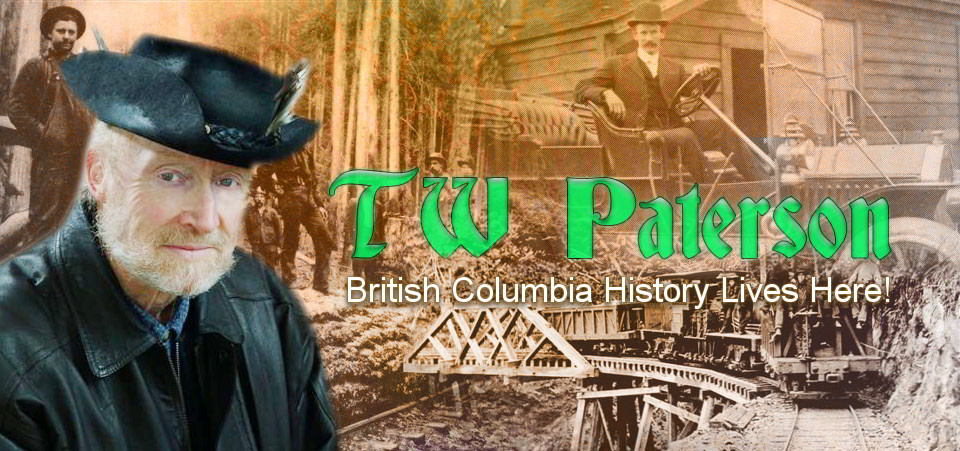Tea Break Proved Deadly For Housewife Clara Gravenor
Poor Clara Gravenor. Freak accident. Human error. It happens every day.
Sometimes it remains for a coroner’s inquest to determine the fine, grey line between the two if, in fact, it can be determined at all.
Sometimes there’s no mystery, no act of God, no conceivable circumstance, just human oversight bordering on the incomprehensible, even to the point of criminal negligence.
Then the only real challenge is not how it happened, but why.
A century ago, Cobble Hill housewife Clara Gravenor was, to quote a news account, “blown to pieces in a dynamite explosion which absolutely wrecked” the house she shared with her husband, A.H. Gravenor.
How in heavens name does a homeowner blow herself up, even in the less civilized Cobble Hill of 1916?
This was a time of life on the frontier, remember. Mr. Gravenor, as did many farmers, faced a monumental task in trying to clear his land. The two weapons of choice were fire and explosives, either blasting powder or dynamite.
Thus it was that he spent that fateful Saturday thawing the powder in his kitchen. By afternoon he’d processed two boxes, 150 sticks, by spreading them about the wood stove on pieces of cordwood. He’d primed 15 sticks for use and also had a box of caps and fuse in the kitchen.
Oh, and stored beneath the house were four cases of dynamite.
Let me repeat that. Gravenor had 150 sticks of blasting powder warming about the kitchen stove, a box of caps and, beneath his feet, four cases of TNT!
A newspaper report laconically notes that he was “accustomed to powder”.
So, it seems, was Clara Gravenor. Upon returning home from a meeting, about 6:45 p.m., she calmly set about making tea. As they had no ice box, she went to the creek where they cooled their milk, only to find it had been spilled. She asked her husband to walk to the nearby Cheeke farm for more.
A loud explosion
He’d gone about a quarter of a mile, he later testified at the coroner’s inquest, when he heard a loud explosion and ran back to the house, to find it in shambles.
Neighbours, hearing the explosion, also rushed to the scene, to find Gravenor lying on the ground and overcome with grief. He was in such a state of shock that when Dr. Watson Dykes attended the scene, he had Gravenor taken to the Duncan hospital.
B.C. Constable Kier did what he could in the way of an investigation but, in view of the catastrophic damage done to the house (not to mention Clara Gravenor), he had little with which to work beyond theorizing as to the chain of events that led to her death.
Making tea proved deadly
It seemed obvious that Clara had somehow detonated the sticks of blasting powder her husband had spread about the stove. To make tea, it was thought likely that, in adding a piece of wood to the fire, she accidentally caused a spark to fly or, in lifting the stovelid, dropped it onto one of the volatile sticks.
(For those too young to have known the joys of cooking with wood, stoves came with a curved handle which fitted into a notch cast in the lids so they could be lifted aside for refuelling.)
Perhaps because, in Gravenor’s own words, the stove was surrounded by sticks of powder, she’d had to stretch to reach the stovelid and this caused her to lose her balance—and her life.
Or, because she’d been unaware that her husband had also placed some explosives in the oven!
Henry Castillou, of Merritt, brother of the deceased, identified Vlara Gravenor’s remains, suggesting that the husband had yet to recover from his shock.
The six-man coroner’s jury came to the unavoidable verdict that Clara Gravenor met her death by an explosion of powder, and added a rider criticizing A.H. Gravenor for his carelessness.
Only 22 years old at the time of her death, Clara was interred in St. Mary’s cemetery, Somenos.
She and her husband had recently moved to Cobble Hill from Merritt. Previously, he’d been a police officer. Where he developed his cavalier disregard for the safe handling of explosives was not stated, although it was known that he’d been in the Yukon, perhaps as a miner.
–Excerpted from Cowichan Chronicles, Volume One and Tales the Tomstones Tell by T.W. Paterson
